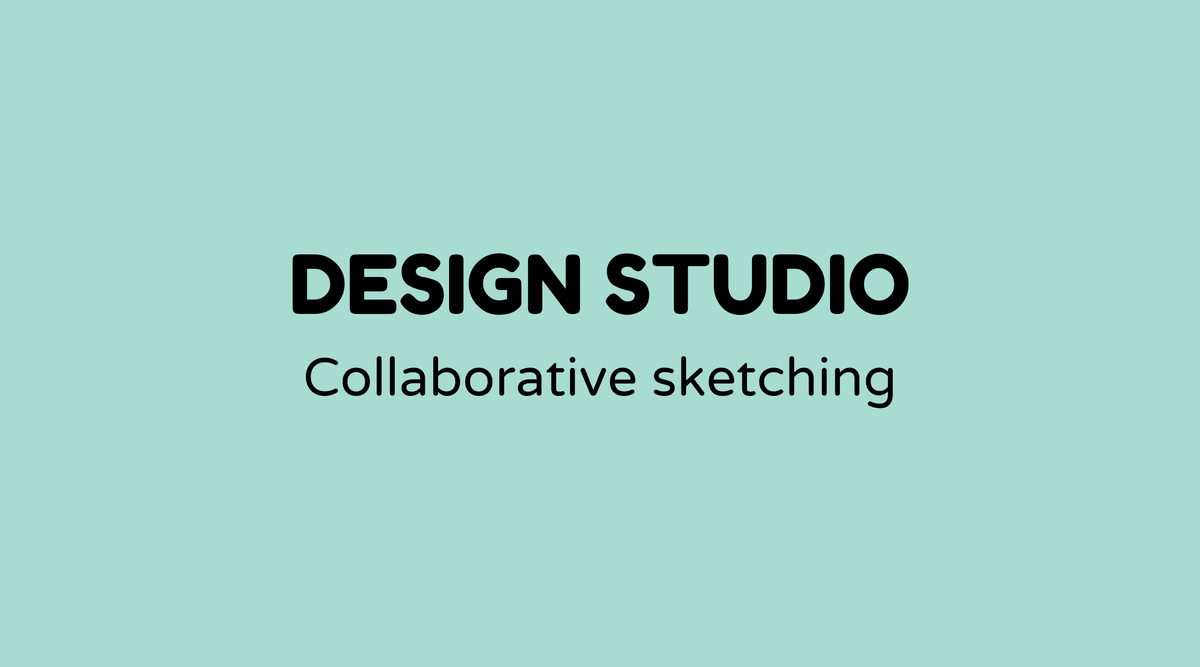Design Studio

Overview of Design Studio Workshop:
Design studios play a crucial role in the creative process for product development, promoting collaboration, inventive thinking, and new perspectives. These workshops gather designers, engineers, and stakeholders to brainstorm and collaboratively refine ideas into practical solutions.
Importance of the Design Studio Workshop:
The effectiveness of a product often depends on a well-structured design. Design Studio Workshops are essential as they create an environment conducive to creativity and open dialogue. The shared insights from diverse team members can lead to unique solutions and opportunities for improvements that might not emerge in a more isolated setting. By engaging individuals with different viewpoints, a more rounded understanding of user needs and technical limitations develops, ultimately improving the product's usability and appeal.
Defining a Design Studio Workshop:
A Design Studio Workshop is a collaborative session where participants work jointly to design solutions for a specific challenge or project. During the workshop, individuals initially sketch their ideas independently before presenting them to the group. These sessions are facilitated to ensure effective communication and efficient time management, allowing participants to circulate through feedback and iteration phases swiftly. This dynamic approach accelerates decision-making and idea development, leading to innovative solutions that are both practical and user-centered.
Conducting a Design Studio Workshop:
To carry out a successful Design Studio Workshop, follow these steps:
- Establish Clear Objectives: Define the challenge or goal you intend to address during the workshop.
- Choose Participants: Assemble a diverse group from different departments to gain varied perspectives.
- Gather Materials: Collect all necessary supplies such as paper, markers, and digital tools for sketching and prototyping.
- Facilitate the Workshop: Start with an icebreaker activity. Introduce the challenge and clarify the objectives.
- Sketch Independently: Allocate time for individuals to brainstorm and sketch their ideas.
- Share and Discuss: Participants present their ideas to the group for feedback, emphasizing strengths and areas for improvement.
- Iterate and Refine: Encourage modifications based on group feedback, developing the ideas collaboratively.
- Decide and Prioritize: Conclude the workshop by selecting the most promising ideas and outlining actionable next steps.
Examples of Design Studio Workshops:
- Tech Gadgets: A company like Apple may utilize Design Studio Workshops to innovate new features for their products, involving engineers and designers to closely examine user experience.
- App Development: Many successful apps, such as Instagram, likely originated from collaborative workshops to ensure they effectively meet user needs.
- Automotive Design: In car manufacturing, design studios play an important role in brainstorming improvements for safety features, amenities, and aesthetics across various models.
FAQs
What is the main goal of a Design Studio Workshop?
The primary aim is to collaborate and brainstorm creative solutions to specific challenges or projects, helping to refine ideas into actionable plans.
How long should a Design Studio Workshop last?
Generally, a workshop lasts from a half-day to a full day, based on the complexity of the issue and the number of participants.
Who should facilitate a Design Studio Workshop?
A capable facilitator, usually someone experienced in design thinking, should lead the workshop to ensure smooth operations and effective communication.
What materials are needed for a Design Studio Workshop?
Common materials include paper, markers, post-it notes, prototyping tools, and digital design software to support sketching and idea sharing.
How does a Design Studio Workshop differ from a typical brainstorming session?
Design Studio Workshops include a structured process that involves individual sketching, collaborative feedback, and iterations, whereas brainstorming sessions may lack these formal stages.
Can a Design Studio Workshop be conducted virtually?
Yes, using digital tools like Miro or Figma, virtual workshops can be effective with the right facilitation and engagement strategies.



